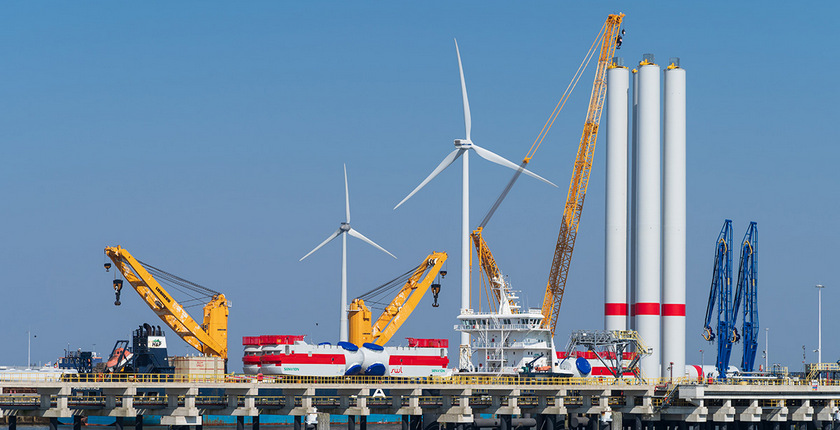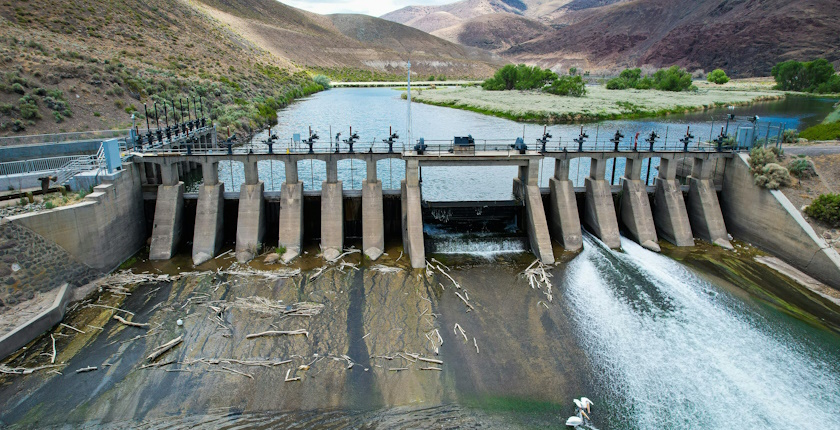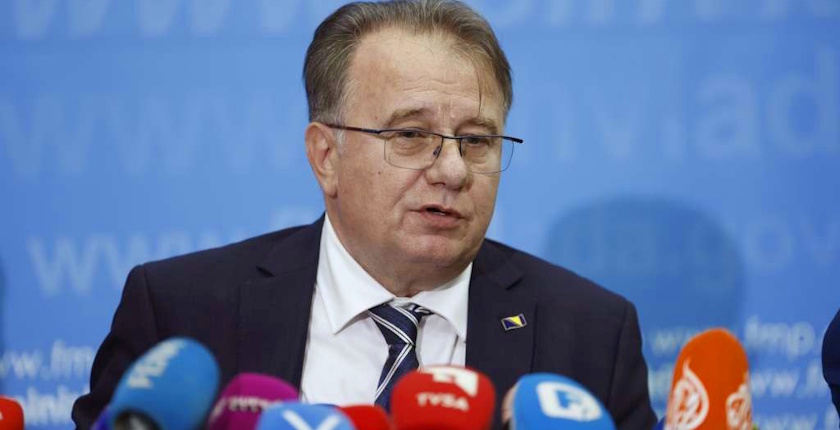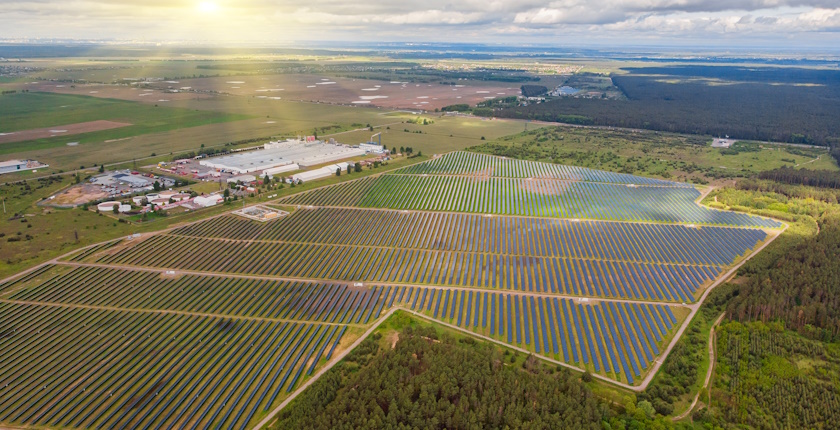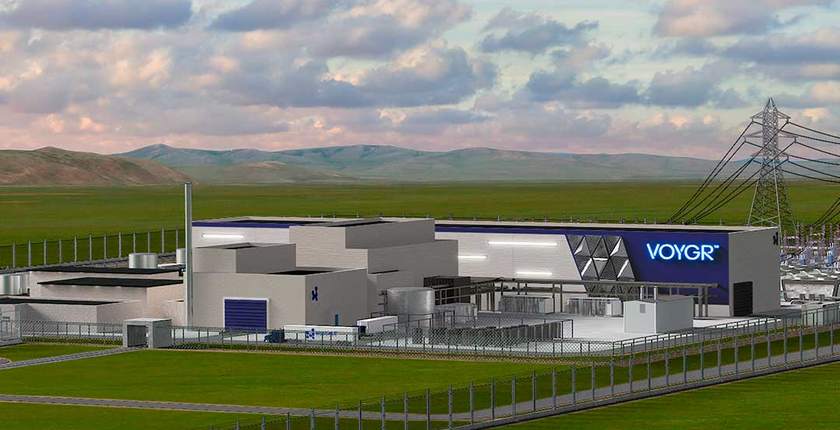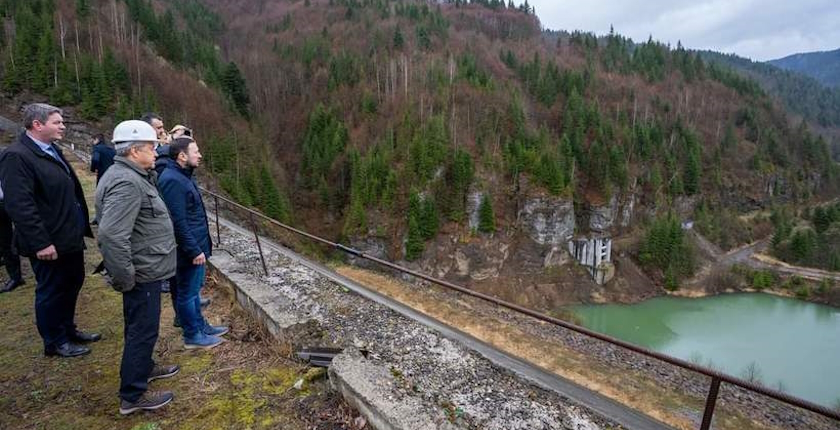
Court suspends Hidroelectrica’s hydropower project by stopping deforestation
An almost complete hydropower project that was launched in the late 1980s in Romania is stuck again as a court in Cluj suspended a government’s decree that allowed clearing 31 hectares of forest. Hidroelectrica’s endeavor on the Răstolița river is for 35.2 MW.
What was labeled by the Romanian media as the last big investment of Nicolae Ceaușescu’s regime is again on an extended hold. The Cluj Court of Appeal suspended a government decree from earlier this year that allowed the deforestation of 31 hectares for a 35.2 MW hydropower plant on the Răstolița river in Transylvania.
The project, launched in 1989, is 90% finished. In June, the same court suspended the environmental permit.
Răstolița project has special status
The government declared Răstolița a renewable energy project of major public interest in 2022. It exempted it from the obligation to carry out an environmental impact assessment study and the ban on reducing the national forest fund.
Nongovernmental organizations Declic and Bankwatch Romania, which submitted the complaint, pointed out that deforestation continued between the two rulings. The location of the Răstolița hydropower project, run by state-owned Hidroelectrica, is part of the Călimani National Park.
The two groups have argued that the technical documentation is more than three decades old, ignoring climate change, biodiversity and public safety. The affected area is vital for flood prevention and the conservation of species, they pointed out.
Conversely, the government claimed the project would actually reduce the risk of flooding and enable water supply and the management of the Mureș river and its tributaries.
Romania already invested over EUR 200 million
The facility in Mureș county was planned to be commissioned in November. In January, the authorities approved the expropriation of 55 hectares of forest.
Average electricity production in the first phase is estimated at 46.3 GWh per year, and it would reach 117.5 GWh in the final stage. The reservoir would be 5.6 kilometers long. Investments made so far are valued at more than EUR 200 million.
Former Minister of Energy Sebastian Burduja reacted to the new ruling by calling it “economic sabotage.” He is a member of the Chamber of Deputies, the lower house of Romania’s parliament.

